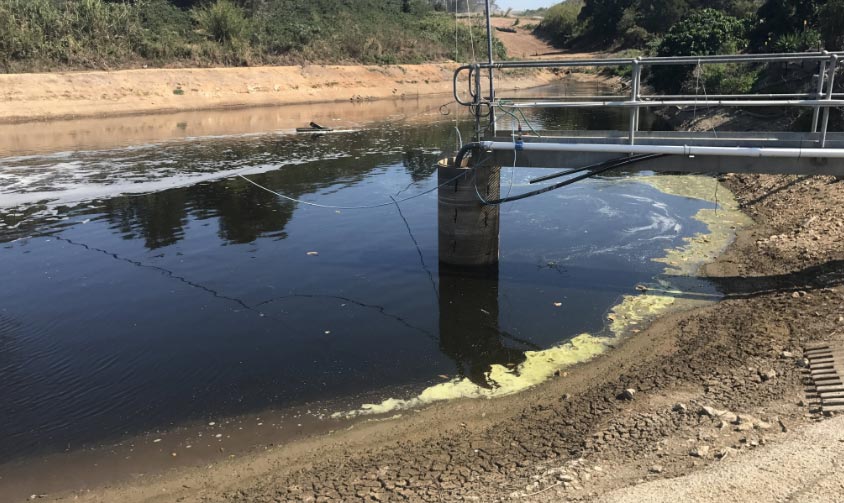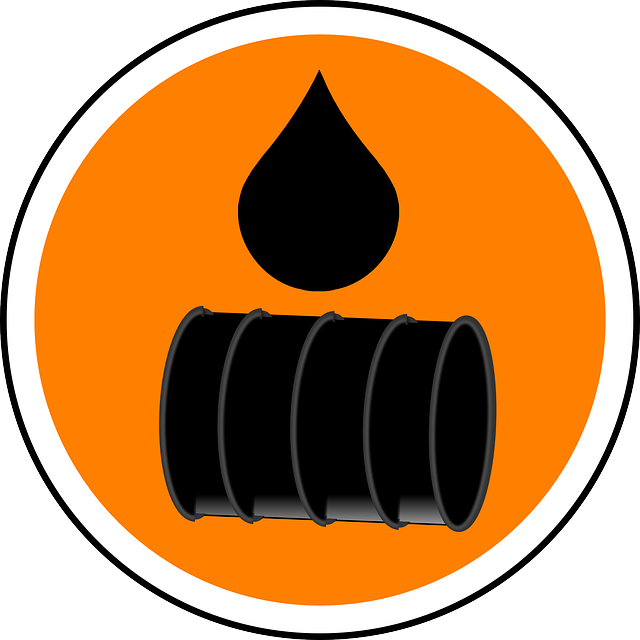Industrial Wastewater Treatment: Customized Solutions for Complicated Wastewater Difficulties
Industrial Wastewater Treatment: Customized Solutions for Complicated Wastewater Difficulties
Blog Article
Comprehending the Comprehensive Process of Liquid Waste Disposal: Finest Practices and Environmental Impact Considerations
The monitoring of fluid waste disposal is a diverse issue that calls for an extensive understanding of numerous finest techniques and their connected ecological effects. From the types of fluid waste generated to the techniques utilized for collection, therapy, and final disposal, each action plays a vital role in guarding communities and public health.
Sorts Of Liquid Waste
Recognizing the different kinds of fluid waste is necessary for efficient monitoring and disposal practices. Liquid waste can be extensively categorized into several kinds, each requiring unique handling and treatment strategies.
Industrial fluid waste usually includes harmful products, including hefty steels, solvents, and chemicals, produced during producing processes. These wastes necessitate stringent governing conformity to protect human health and wellness and the atmosphere. Domestic liquid waste largely describes wastewater generated from households, including sewer and greywater, which, although much less poisonous, can still position substantial threats if poorly taken care of.
Agricultural fluid waste, consisting of runoff from farms, commonly consists of fertilizers and chemicals that can bring about ecological destruction if not treated properly. Clinical fluid waste, generated from health care facilities, includes infected liquids such as physical liquids and chemicals, needing specialized disposal techniques to avoid infection and environmental contamination.
Finally, oil and grease waste, generally created by dining establishments and vehicle markets, can trigger serious obstructions in drain systems if not managed correctly. Comprehending these groups promotes targeted approaches for therapy, conformity with laws, and efficient disposal methods, eventually promoting environmental sustainability and public wellness security.

Collection Approaches
Reliable collection methods are crucial for the correct monitoring of fluid waste, guaranteeing that it is collected safely and successfully before treatment or disposal. Numerous techniques are used depending upon the kind of fluid waste generated, the quantity, and the particular attributes of the waste.
One common technique is making use of specialized collection tanks or sumps, which are made to catch fluid waste at the source. These systems typically integrate pumps that promote the transfer of waste to larger storage space containers or therapy facilities. In addition, mobile collection units outfitted with vacuum technology are used in situations where waste is produced periodically or in hard-to-reach areas.
For industrial settings, closed-loop systems can properly minimize spills and leaks, permitting the recovery and reuse of liquid waste. It is additionally necessary to train personnel on proper collection protocols to alleviate threats related to hazardous substances.
Furthermore, carrying out normal upkeep schedules for collection equipment makes sure optimum performance and safety and security. The integration of advanced monitoring systems can improve collection performance by providing real-time data on waste levels and prospective threats. Overall, effective collection methods are fundamental to sustainable liquid waste administration methods.
Treatment Processes
Treatment processes play an important function in the monitoring of liquid waste, transforming possibly unsafe products into secure effluents or reusable resources - liquid waste disposal. These processes can be extensively classified right into physical, chemical, and organic approaches, each customized to resolve specific contaminants existing in the waste stream
Physical therapy techniques, such as sedimentation and filtering, job by eliminating suspended solids and particle issue. These techniques are often the very first step in the therapy chain, properly reducing the lots on succeeding processes. Chemical therapies include the use of reagents to reduce the effects of hazardous materials, precipitate hefty steels, or oxidize organic toxins, consequently enhancing the safety and security of the effluent.
Organic therapy procedures, including turned on sludge systems and anaerobic digestion, maximize the all-natural abilities of microbes to deteriorate raw material. These approaches are particularly efficient for wastewater containing biodegradable contaminants. Advanced therapy technologies, such as membrane filtration and progressed oxidation procedures, are increasingly utilized to attain greater degrees of filtration.
Incorporating a combination of these treatment approaches not just guarantees compliance with regulatory requirements yet also promotes ecological sustainability by recovering view useful sources from fluid waste.
Disposal Options
Just how can companies guarantee the secure and liable disposal of fluid waste? Effective disposal options are vital for guarding public health and wellness and the setting. The key approaches consist of land therapy, disposal, and incineration adhered to by discharge into municipal wastewater systems.
Land disposal involves the careful containment of liquid waste in assigned garbage dumps, guaranteeing that it does not leach right into bordering dirt or water. Incineration, on the other hand, subjects fluid waste to heats, transforming it right into ash and gases, which call for appropriate purification to minimize emissions. This approach is ideal for hazardous wastes that can not be treated with conventional means.
In cases where liquid waste can be treated, companies might choose biological or chemical treatment processes to counteract harmful components before releasing read here the dealt with effluent into municipal systems. This route generally aligns with governing demands, guaranteeing that the effluent satisfies security standards.
Ultimately, organizations must conduct thorough analyses of each disposal choice to identify its practicality, considering variables such as waste structure, regulatory compliance, and possible risks to wellness and the browse this site atmosphere. By selecting suitable disposal methods, services can add to a liable waste administration technique.
Ecological Effect
The ecological impact of fluid garbage disposal is an important consideration for organizations looking for to decrease their ecological footprint. Inappropriate disposal techniques can result in significant contamination of water sources, soil destruction, and damaging impacts on regional ecological communities. For circumstances, hazardous fluids can leach right into groundwater, posturing dangers to alcohol consumption water materials and water life. In addition, the discharge of without treatment or improperly dealt with waste into surface area waters can result in eutrophication, causing oxygen depletion and the succeeding fatality of fish and various other organisms.

To reduce these impacts, organizations must adopt best techniques such as applying strenuous waste therapy procedures, advertising recycling and reuse, and adhering to regulatory standards. By taking a proactive method to liquid waste monitoring, entities can dramatically lower their ecological impact while supporting sustainable growth objectives. Inevitably, a detailed understanding of the environmental impacts linked with liquid waste disposal is important for informed decision-making and liable stewardship of natural deposits.
Verdict
Efficient management of fluid waste is important for safeguarding ecological stability and public health. By taking on best practices in collection, therapy, and disposal, along with adherence to regulative standards, the capacity for hazardous contamination of environments can be significantly minimized. Continuous improvements in technology and procedures add to lasting waste management initiatives. Eventually, a detailed understanding of fluid waste disposal not only minimizes ecological influences but also promotes a dedication to responsible resource monitoring and environmental stewardship.
The monitoring of fluid waste disposal is a multifaceted concern that needs a detailed understanding of various best practices and their linked environmental effects. From the types of liquid waste produced to the approaches utilized for collection, treatment, and final disposal, each step plays an important role in guarding ecological communities and public health.The ecological influence of fluid waste disposal is a critical consideration for companies looking for to decrease their eco-friendly impact. Inevitably, a thorough understanding of the ecological influences connected with fluid waste disposal is important for informed decision-making and accountable stewardship of all-natural sources.
Eventually, a detailed understanding of liquid waste disposal not only reduces ecological effects but also cultivates a commitment to accountable resource management and ecological stewardship.
Report this page